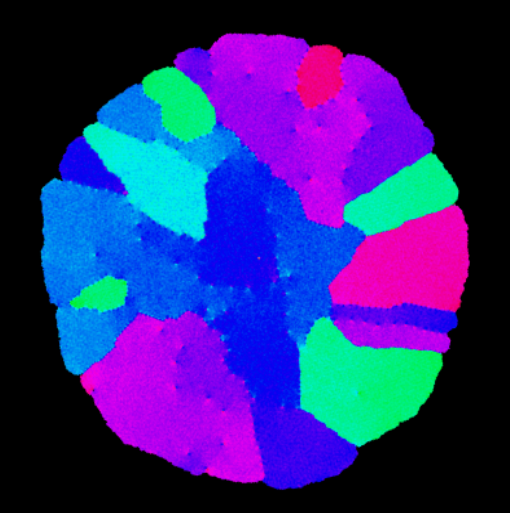
Frigyes Podmaniczky1, Gyula Tóth2, György Tegze1, László Gránásy1,3
1Institute for Solid State Physics and Optics, Wigner Research Centre for Physics, P.O. Box 49, Budapest H-1525, Hungary
2Department of Mathematical Sciences, Loughborough University, Loughborough, Leicestershire, LE11 3TU, U.K.
3BCAST, Brunel University, Uxbridge, Middlesex, UB8 3PH, United Kingdom
Structural aspects of crystal nucleation in undercooled liquids are explored using a nonlinear
hydrodynamic theory of crystallization proposed recently [G. I. Tóth et al., J. Phys.: Condens.
Matter 26, 055001 (2014)], which is based on combining fluctuating hydrodynamics with the phase-
field crystal theory. We show that in this hydrodynamic approach not only homogeneous and
heterogeneous nucleation processes are accessible, but also growth front nucleation, which leads to
the formation of new (differently oriented) grains at the solid-liquid front in highly undercooled
systems. Formation of dislocations at the solid-liquid interface and interference of density waves
ahead of the crystallization front are responsible for the appearance of the new orientations at the
growth front that lead to spherulite-like nanostructures.
Videos of growth front nucleation


